
Deepsound
-
Posts
378 -
Joined
-
Last visited
Content Type
Profiles
Forums
Events
Plant Articles
Fish Articles & Guides
Clubs
Gallery
Posts posted by Deepsound
-
-
Found in my garden.
Miss...
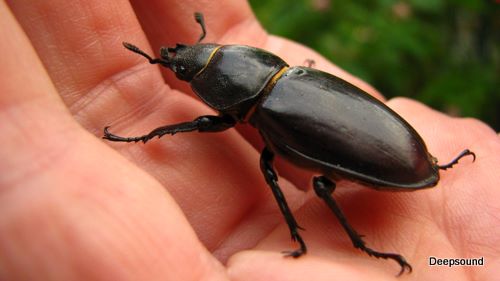
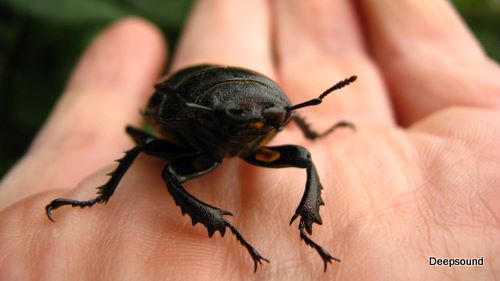
... and Mister Lucanus cervus

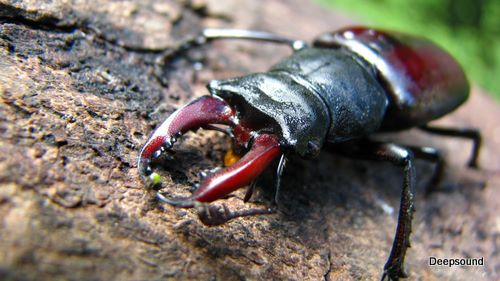
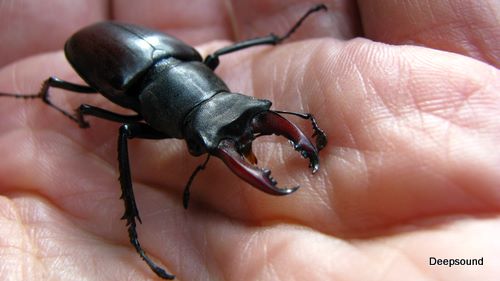
-
(learnt another word ¨¨¨
 )
)Utility
-
Social life
Moon or Mars ?
-
Pterosaur
-
Venus
-
Wisdom
-
Let's imagine that for a movie as Avatar we can see in 3D. Then, with an appropriate sensor, we will be able to focus on different levels too. This technology could be also used in HD medical / scientific imagery as well !
-
Hand-held plenoptic camera
Have you been told about that technology ?
Just terrific...

That technology allows both the picture taker and the viewer to focus pictures AFTER they’re snapped, shift their perspective of the scene, and even switch seamlessly between 2D and 3D views. It is not another photoshop effect or something. Depth of field informations are recorded inside the image. You can choose how to focus your picture after shooting then re-focus it often as you want, on any area of the picture.
This is achieved by inserting a microlens array between the sensor and main lens, creating a plenoptic camera.
You can try it on-line here.
- Vid 1
- Vid 2
- Vid 3
Light-field technology was developed back in the 1990s, and initially required 100 cameras attached to a supercomputer... This company wants to make an affordable hand-held plenoptic camera !
Theory
"Conventional cameras do not record most of the information about the light distribution entering from the world. The goal of the camera presented in this paper is to re-capture this lost information: to measure not just a 2D photograph of the total amount of light at each point on the photosensor, but rather the full 4D light field measuring the amount of light traveling along each ray that intersects the sensor. One can also think of this as capturing the directional lighting distribution arriving at each location on the sensor".
-
Piano
-
I just discovered Alison Anker's paintings

The Takahe and Stichbirds are just beautiful.
-
Lycopene
-
-
Past
-
@ Phoenix, Anthony law and Joe : thanks !

@ Joe : when I saw them in the shop, I bought them all !!! They are rare here too. May be because their habitat is under threat

@ Sophia : No breeding yet. I think I should keep them with no other species to hope so. They are very sensitive fish which don't like water parameters changing. When they feel good, that iridescent blue is magnificent. The anal fin of males has a black mark.
It seems they like to swim so I put them in a 100 cm tank rather than in a nano. But a 50 /60 cm could suit too. A carpet of leaves (oak, catappa) covers entirely the soil in order to add tanins, decrease the Ph and let the micro plankton proliferate. I also use peat for its humic matter and trace elements and its action on Ph / hardness. I love black waters

-
I love that flooded forest feel :thup:
-
In a galaxy, far far away...

Thanks Kinbote

I'm in France.
-
Ghosts
-
lol
Picking some (organic) raspberries in my garden.
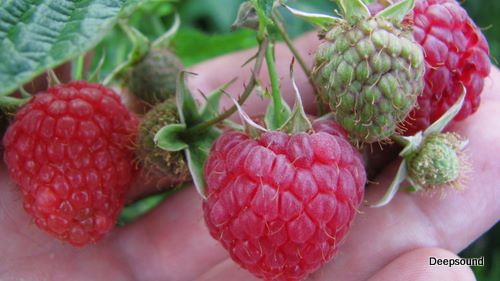
@ : I've been told those fruits are excellent for the cardiovascular system

-
@ #!CrunchBang and Sophia :
15 Sundadanio axelrodi 'blue' and 10 boraras maculata

They appreciate very soft and acidic black water. I added oaks and catappa leaves to simulate their habitat as well as possible. They like dimly lit so I mainly use cryptos and mosses.
More infos here : http://www.seriouslyfish.com/profile.php?genus=Sundadanio&species=axelrodi&id=992


-
Thanks

Yes, it's pistia. They help to purify the water (especially for summer camp
 ) and their roots get a nice home for microfauna. I use to put pistias in the pond, to catch a lot of micro plankton. And then, put them back in the tanks.
) and their roots get a nice home for microfauna. I use to put pistias in the pond, to catch a lot of micro plankton. And then, put them back in the tanks.


-
Few months later



-
2nd version
With another driftwood.

-
Mmm...

Let's go.
120 liters
100 x 30 x 40 (h) cm
1 x 30 w T8 Actizoo nominal TX 10.000 K
Heater : 100 w - 23°c
Filter : JBL Cristal Profi i60
1st version



-
what is this then?
Your brand new t-shirt !

The What's Up? thread.
in Fun
Posted
I find a lot of ladybugs species in my backyard this year : red, pink, yellow, orange with different patterns. One of the best aphids eater : around 150 a day for each ladybug. Better than pesticids ! I decided to keep my garden sprayfree 4 years ago. A couple of weeks ago, orontium aquaticum and zantedeschias were full of aphids. Almost turned black ! I just add 2 ladybugs on them and...
:happy1:
(see on the 2nd picture)
Can we find ladybugs in NZ ?